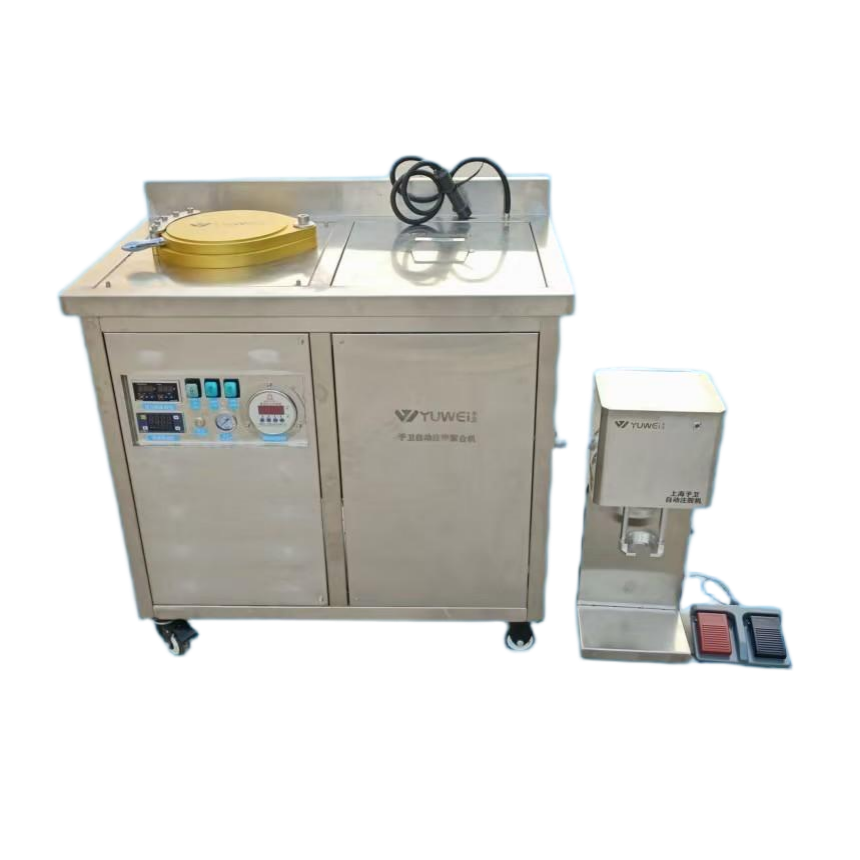The harm of childhood dental disease is significant, and treatment is necessary. If oral examinations can be conducted for children every six months, and early lesions can be treated in a timely manner, supplemented by preventive measures such as "pit and fissure sealing", these hazards can be minimized.
1. Local effects:
(1) Affects chewing function, that is, affects children's eating.
.
(2) Effects on permanent teeth and permanent dentition: Caries in deciduous teeth can cause food residues, soft deposits, etc. to stagnate in the oral cavity, deteriorating oral hygiene and leading to the occurrence of caries in newly sprouted permanent teeth.
. After the development of primary tooth caries into apical periodontitis, inflammation affects the inheritance of permanent tooth germ, which can lead to incomplete enamel development, premature or delayed eruption of permanent teeth, affecting the order and position of permanent tooth eruption, resulting in uneven arrangement and deformity of permanent teeth. (3) Damage to oral mucosal soft tissue, such as chronic creative ulcers.
2. Systemic effects:
(1) Toothache can cause lateral chewing, leading to facial developmental abnormalities.
.
(2) Toothache can affect children's eating habits, which in turn affects their nutritional intake and subsequently affects their facial and growth development. (3) Failure to treat dental diseases in a timely manner can lead to premature loss of baby teeth, affecting children's language learning and causing psychological suppression. The issue of the harm of childhood dental disease shows that the harm of childhood dental disease is enormous, and treatment is necessary. If oral examinations can be conducted for children every six months, and early lesions can be treated in a timely manner, supplemented by preventive measures such as "pit and fissure sealing", these hazards can be reduced to less.



